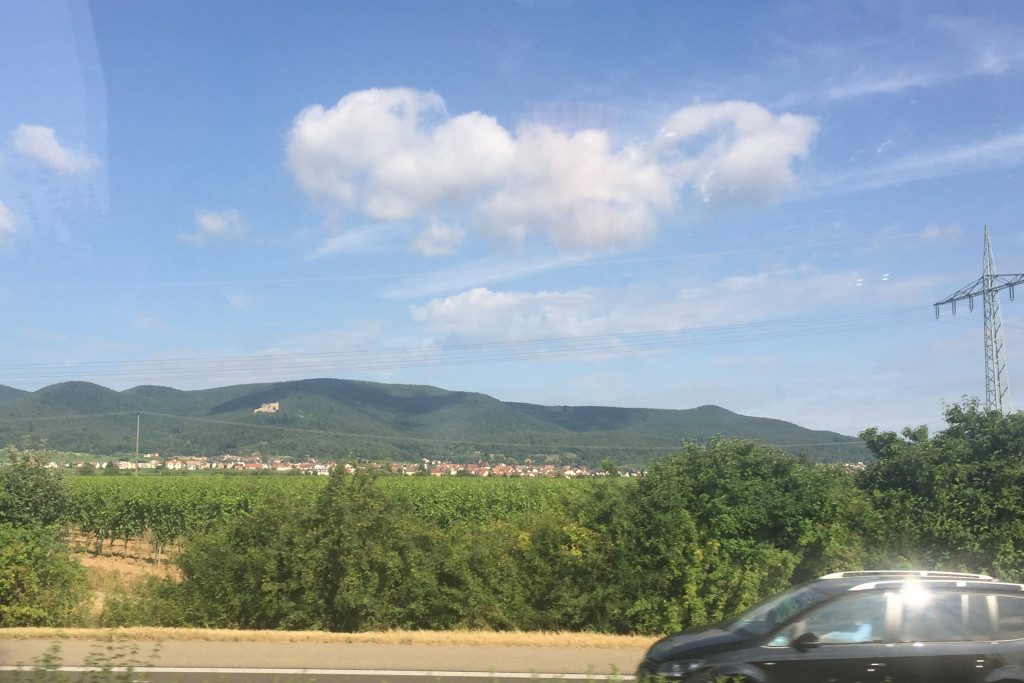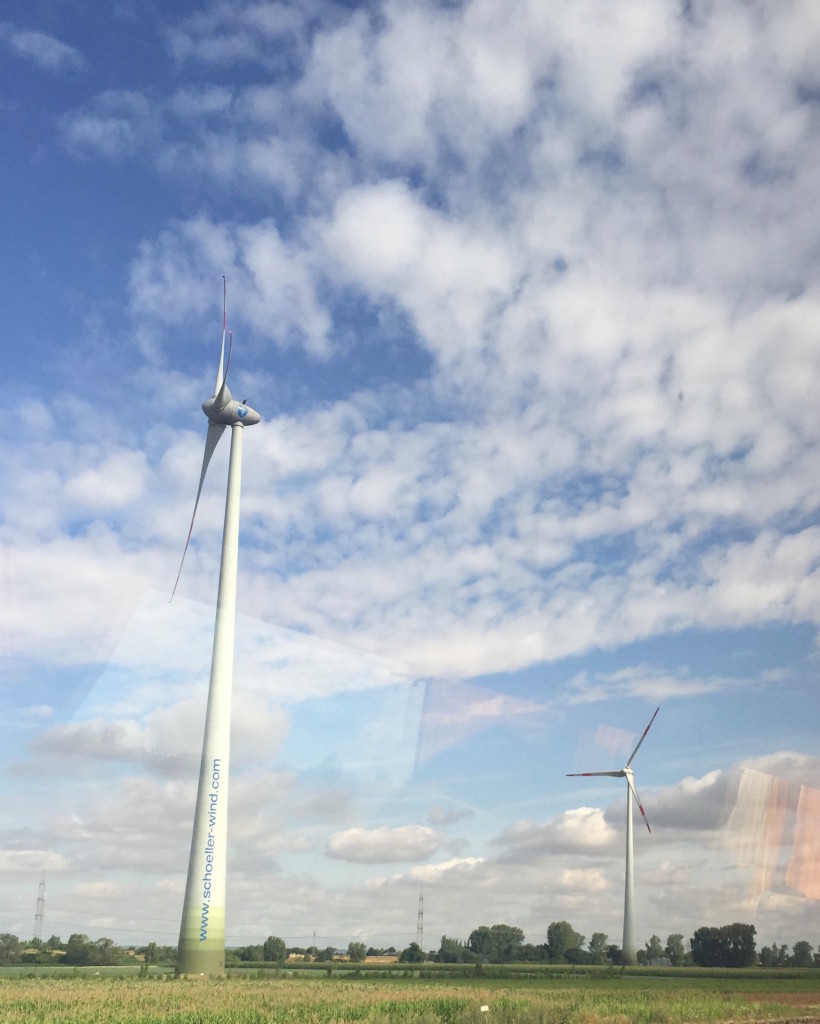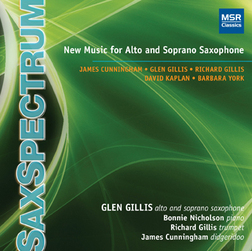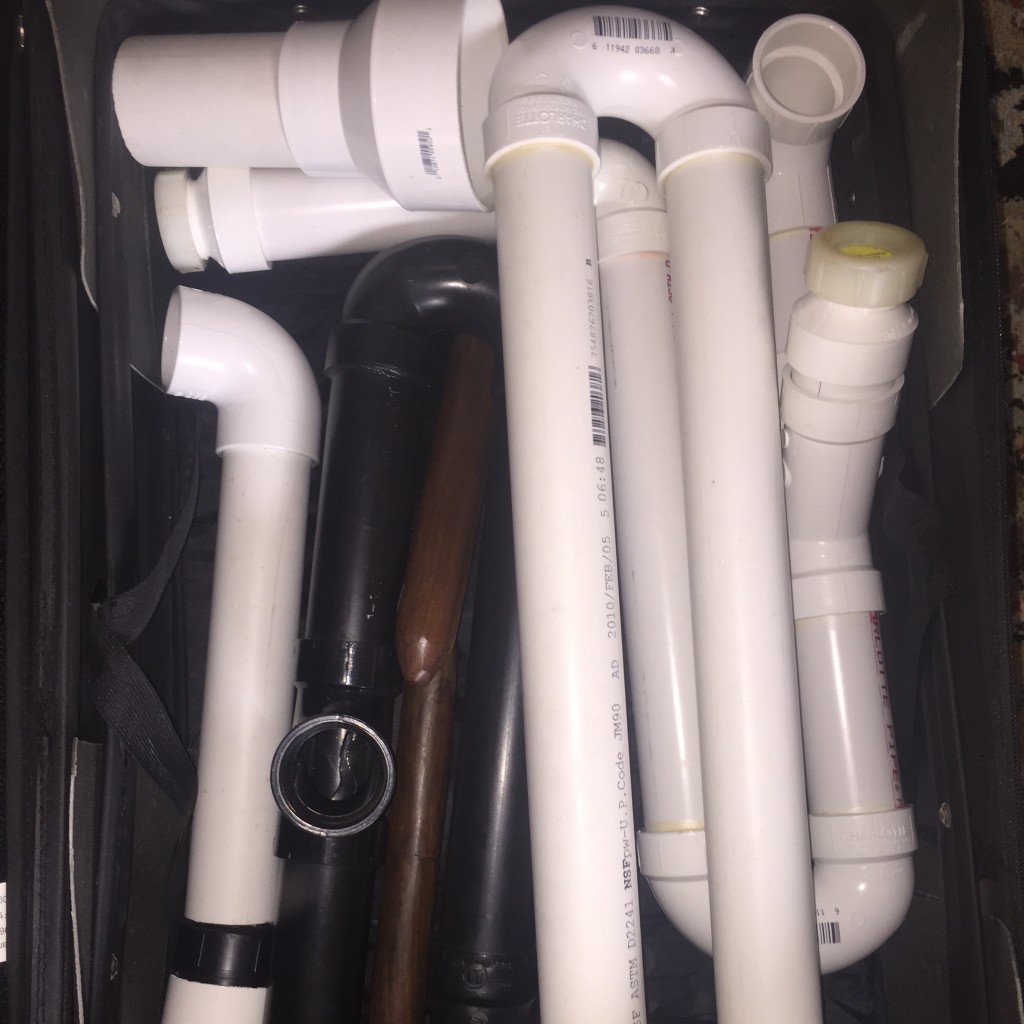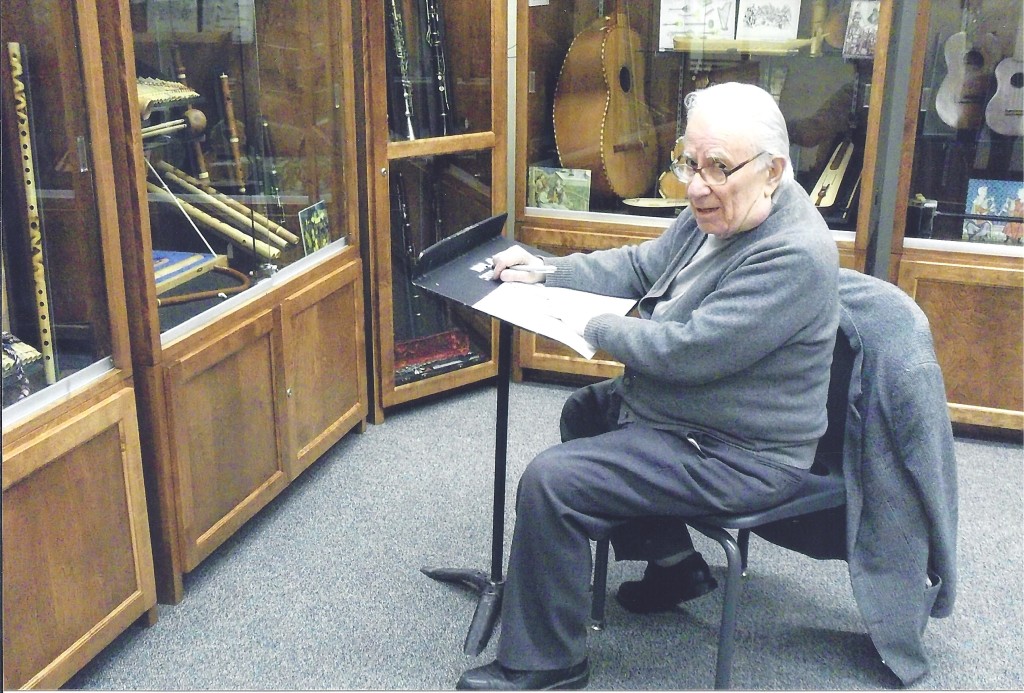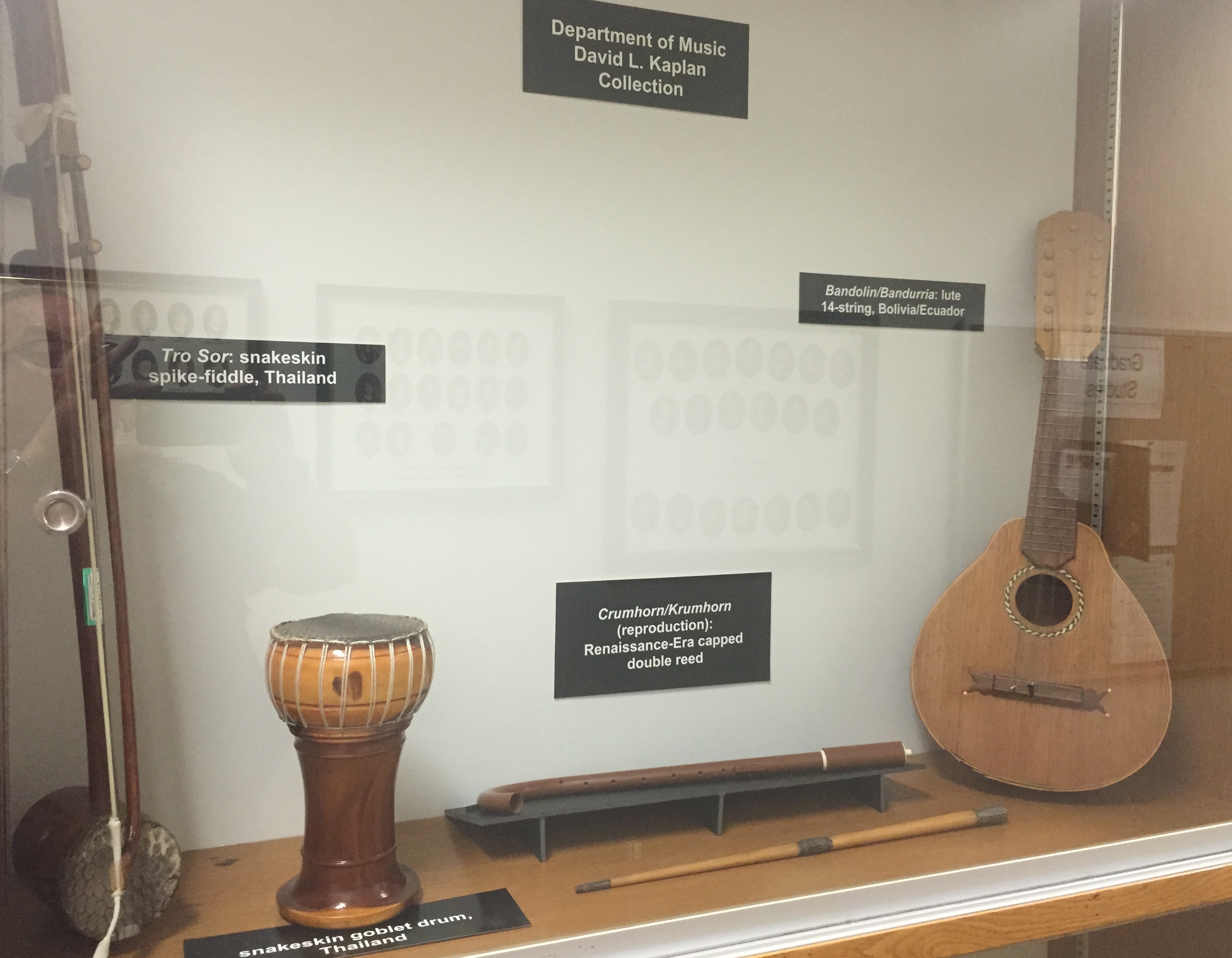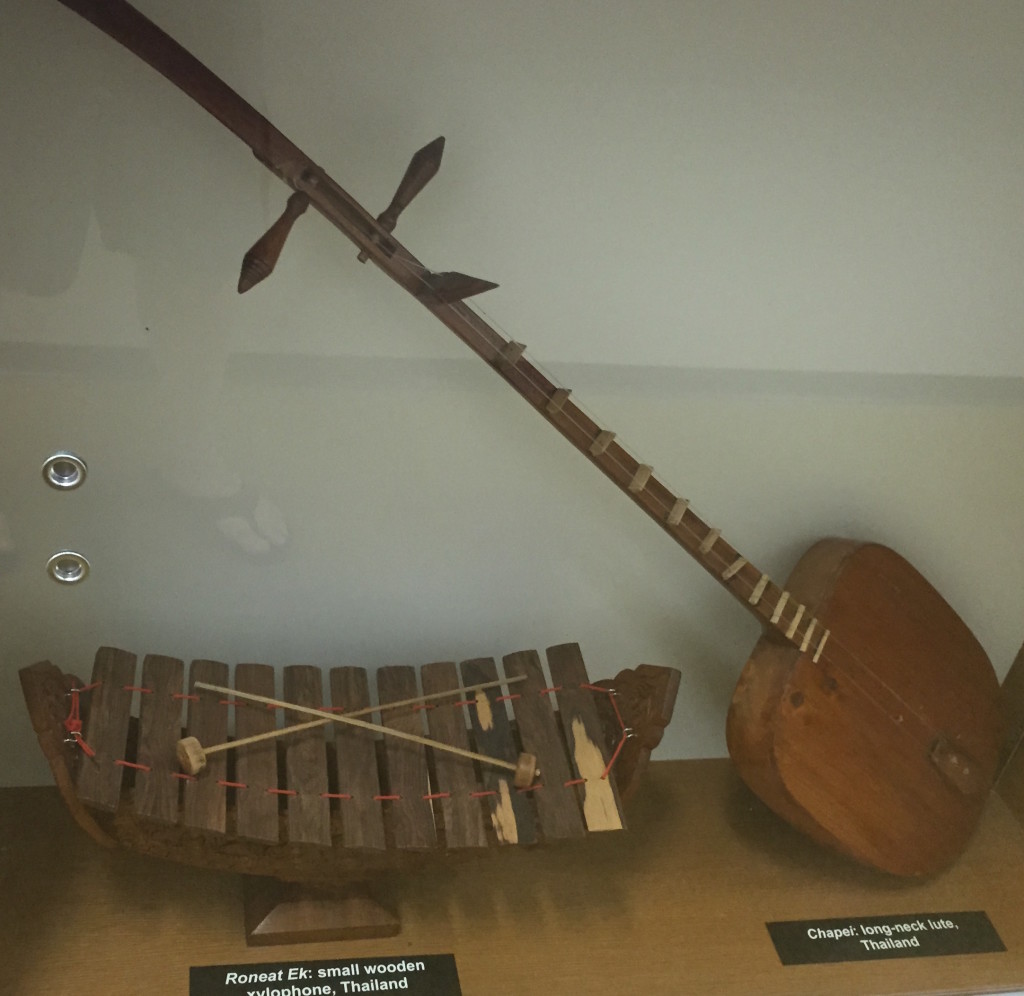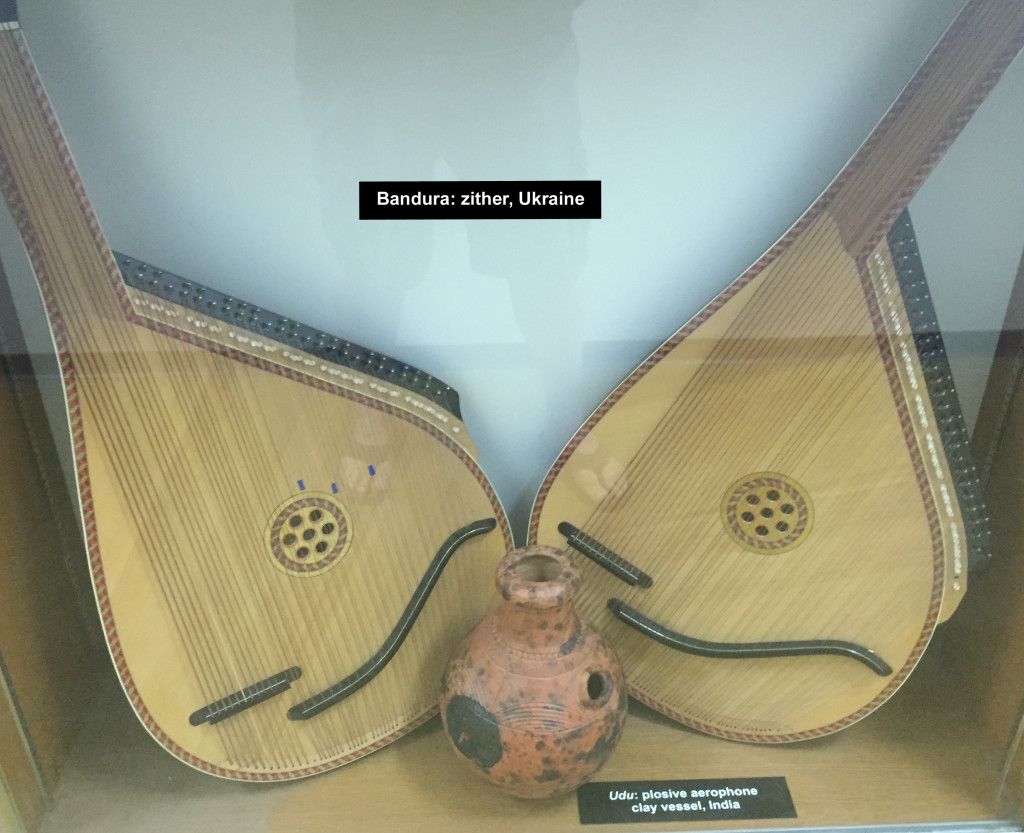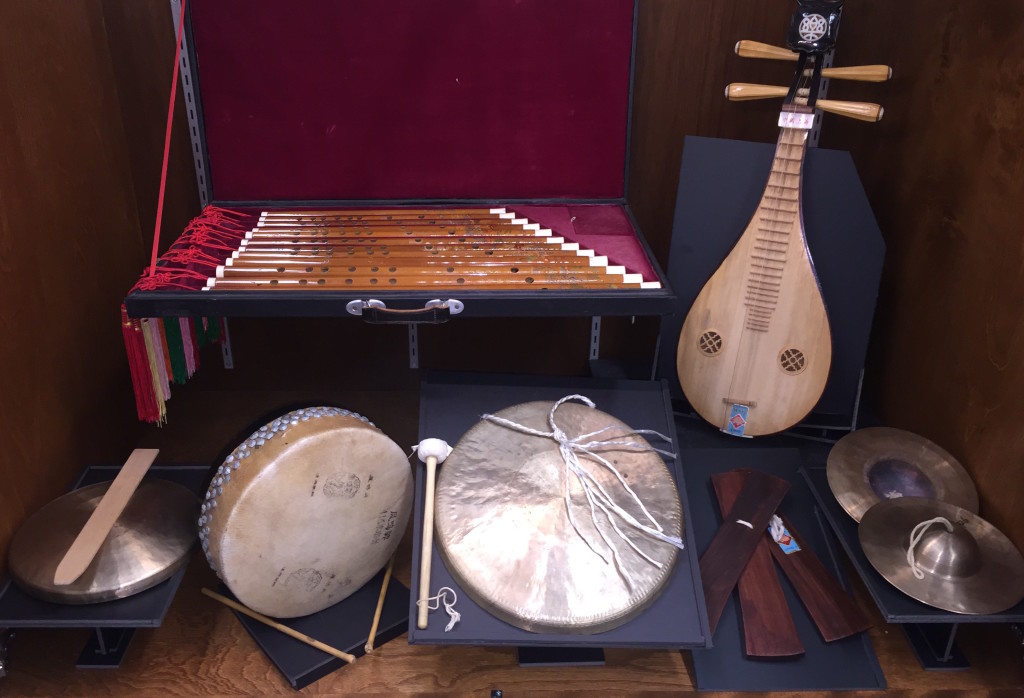Featuring original music composed by: James E. Cunningham (didgeridoos and wailphones)
Glen Gillis (alto saxophone)
The Jay Critchley Incorporated exhibition opened at the Schmidt Gallery at Florida Atlantic University, Boca Raton, Florida, on February 4, 2016.
The opening night’s ceremonies began with “Pilgrim Monumental” a live performance of an original composition for didgeridoo and alto saxophone, which was digitally processed through Altiverb 7 convolution reverberation software in order to reproduce the resonance from the actual Pilgrim Monument in Jay’s home town of Provincetown, Massachusetts. Its inspiration was based on the historical significance of the Pilgrim’s arrival in North America, juxtaposed with Jay’s “Tamponumet” art, which depicts the monument constructed from non-biodegradable plastic tampon applicators that had been collected on Cape Cod beaches.
…it was followed by “Breached Wail” an original piece for wailphone (pictured below)…
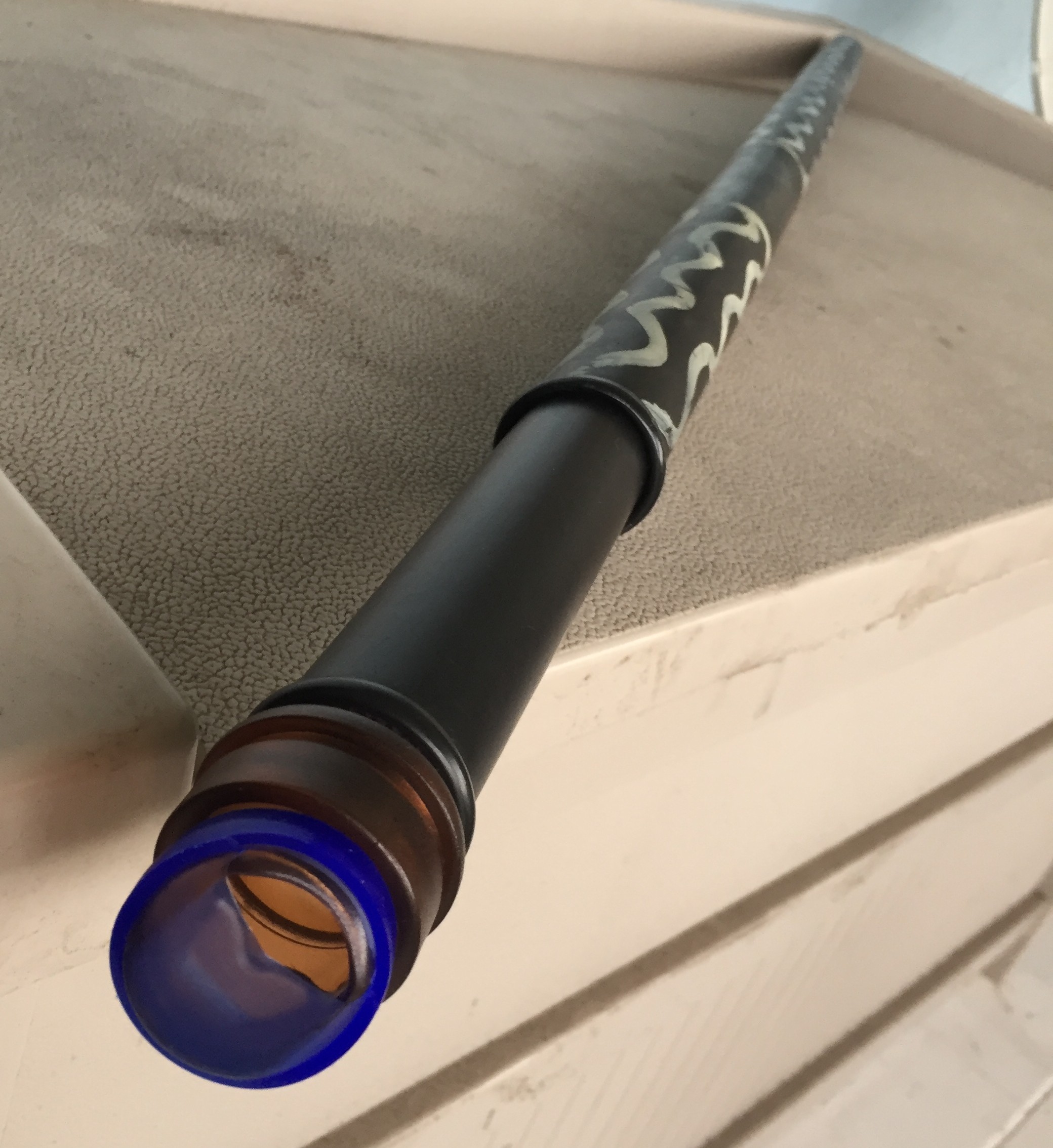
…alto saxophone and pre-recorded didgeridoos, inspired by beached whales on Masschusetts and Florida shorelines.
For the exhibition opening “Breached Wail” was performed in front of the sculptural “Whale Van” …
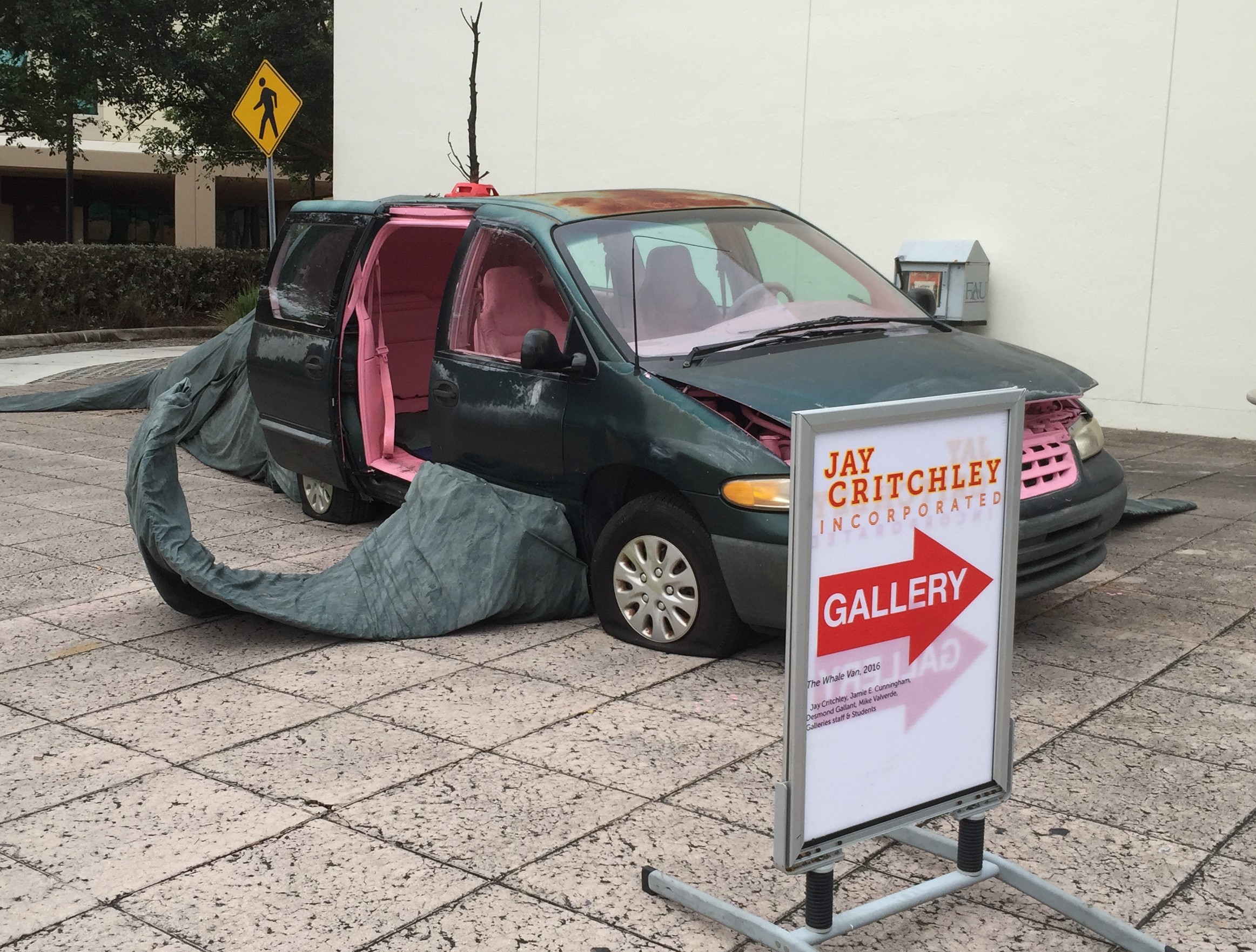
…and a video projection of a dead adolescent sperm whale that washed up on Spanish River Beach, Boca Raton, in January 2015.
The climax of the opening ceremony was Jay Critchley’s rooftop performance “O Breaker of Bones” with its O rekaerB fo Senob audience responsorial and Reroot-esque immolative conclusion.
 ©2016
©2016

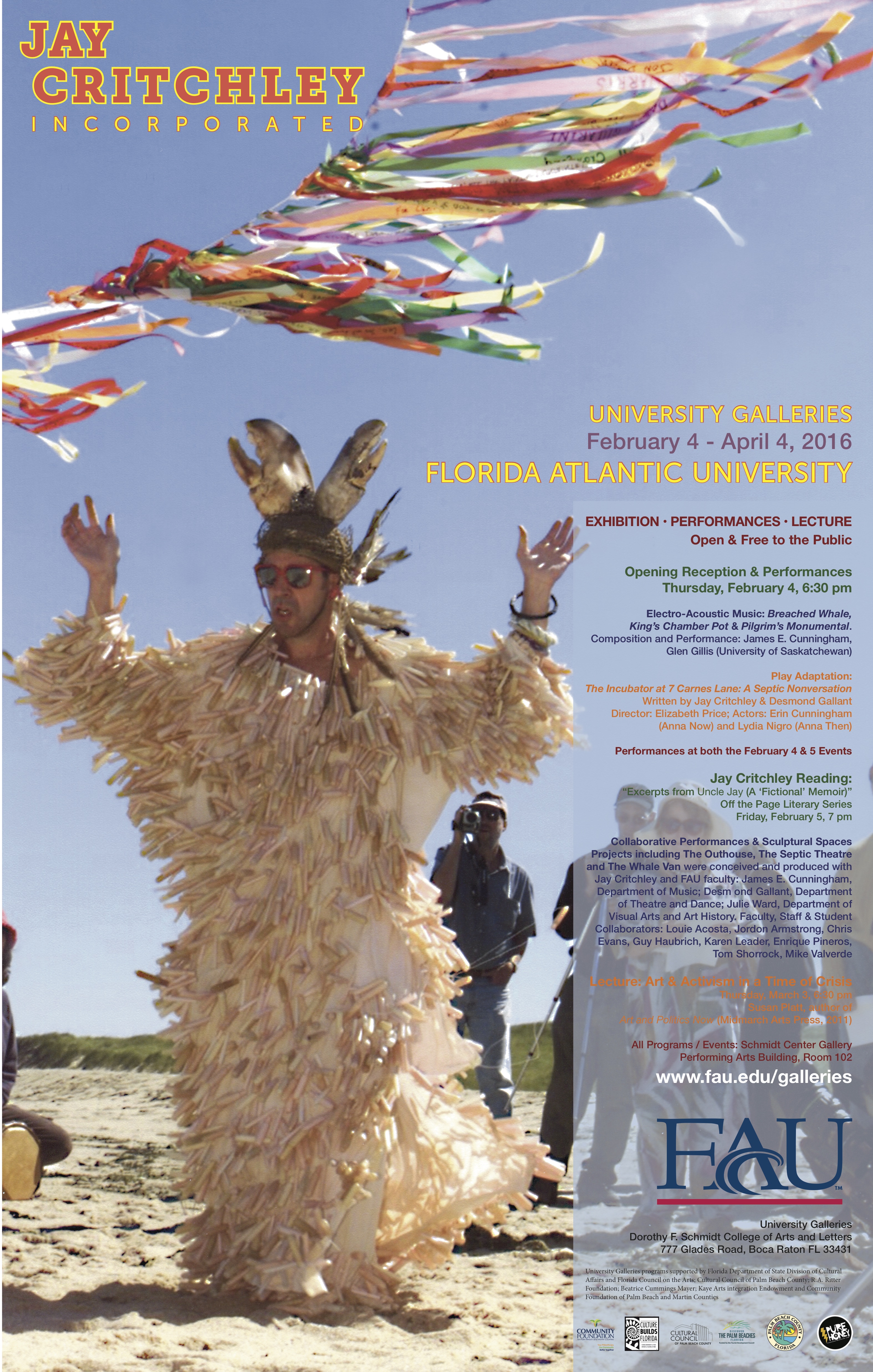
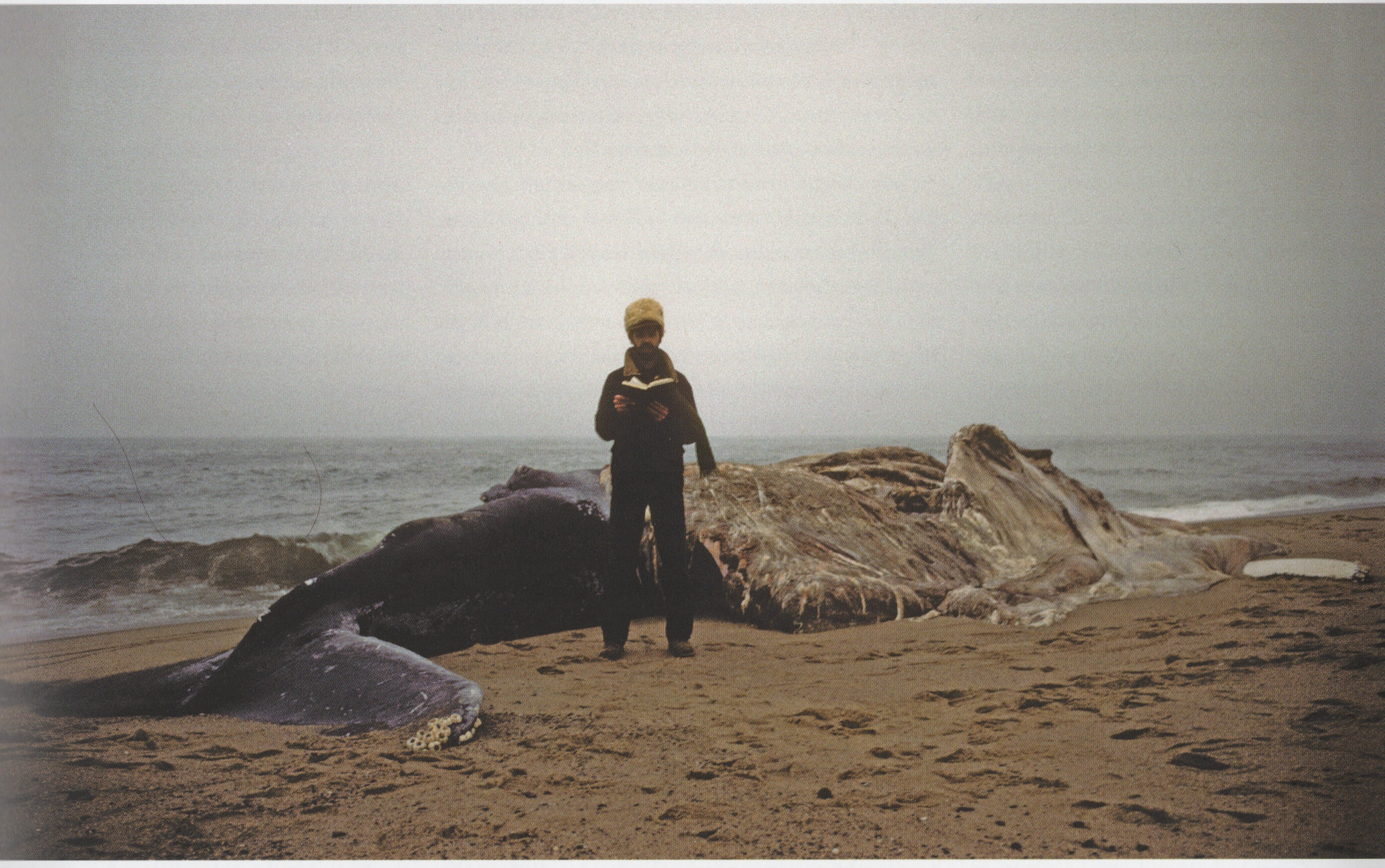
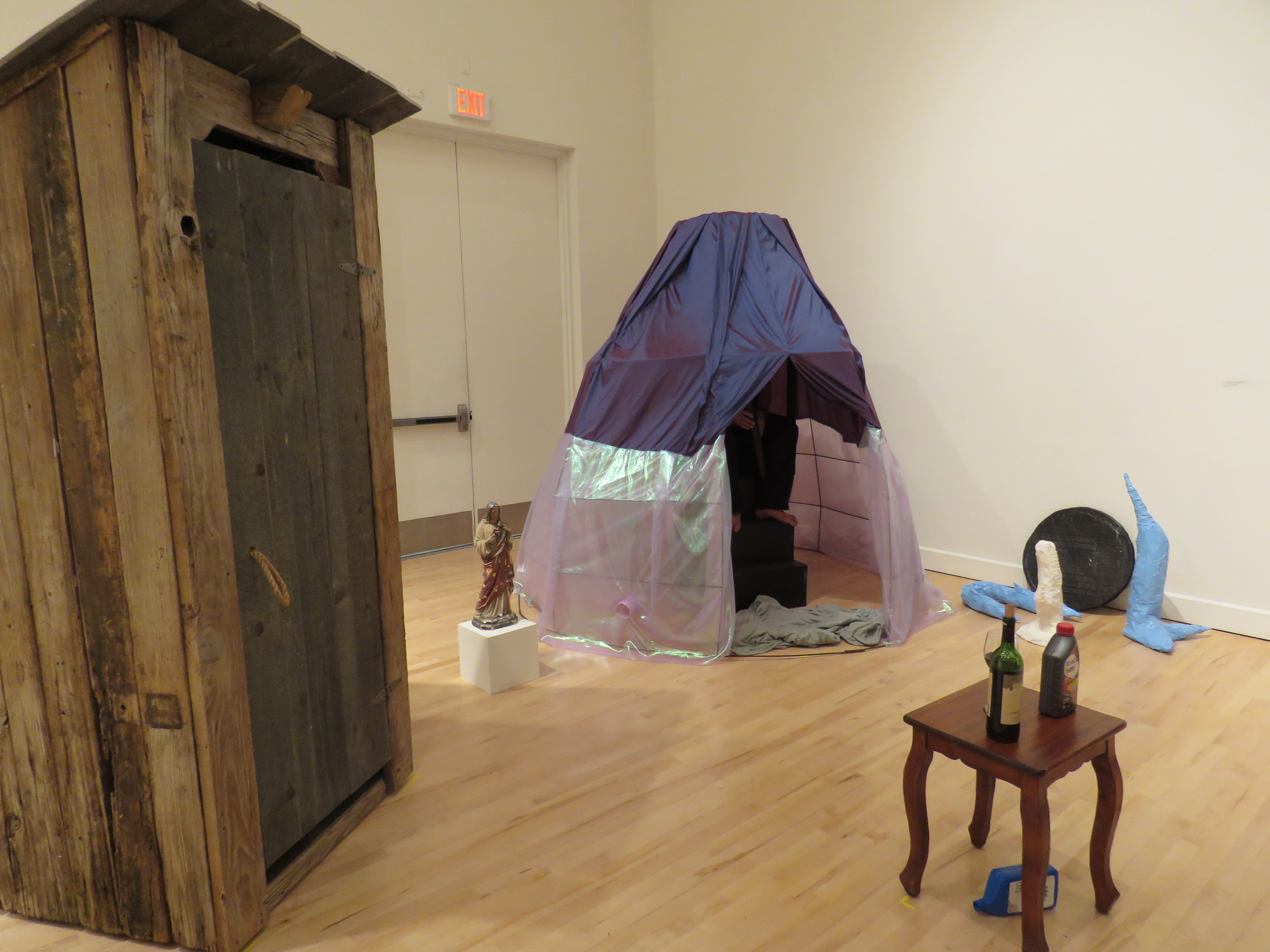
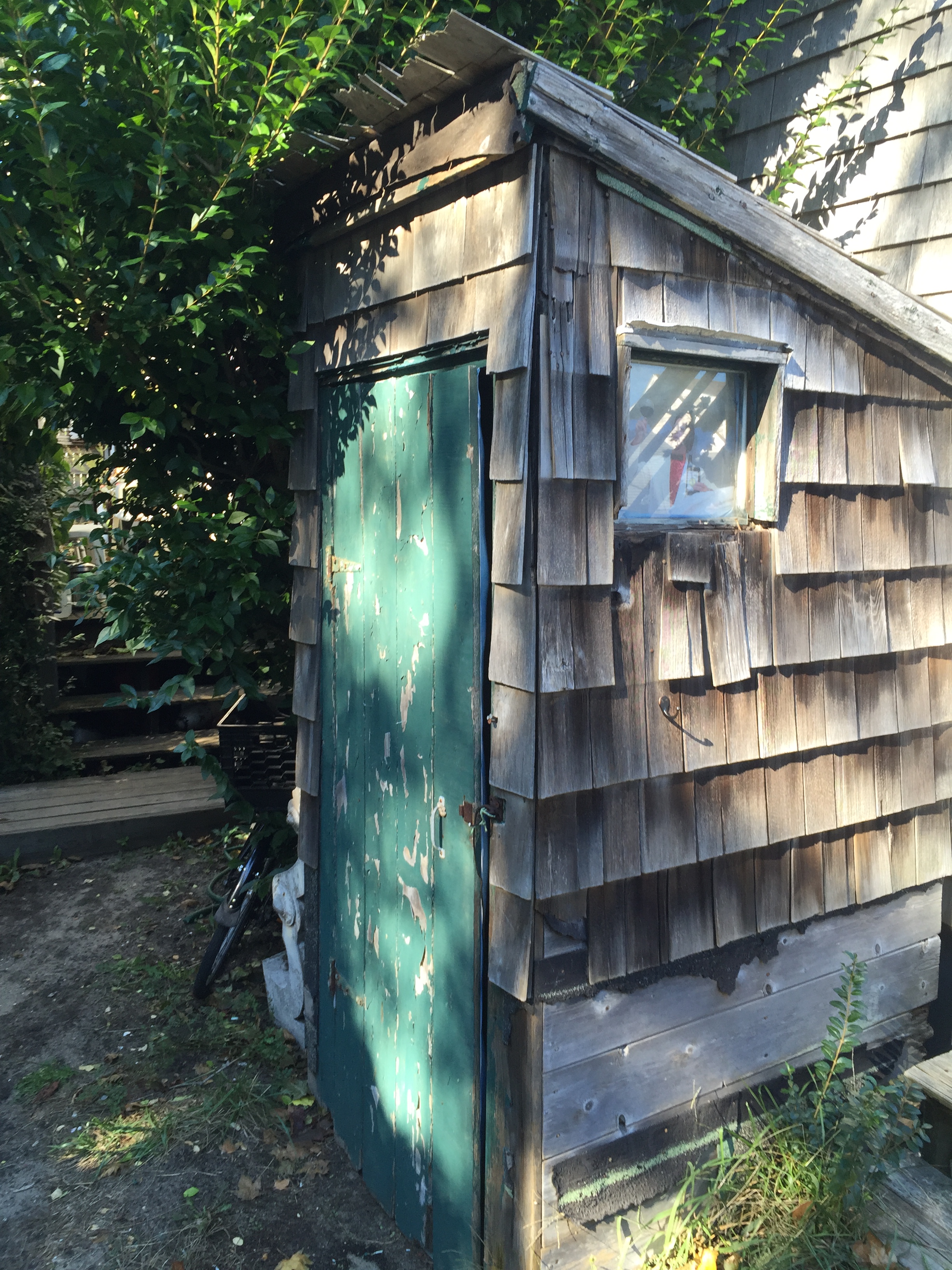
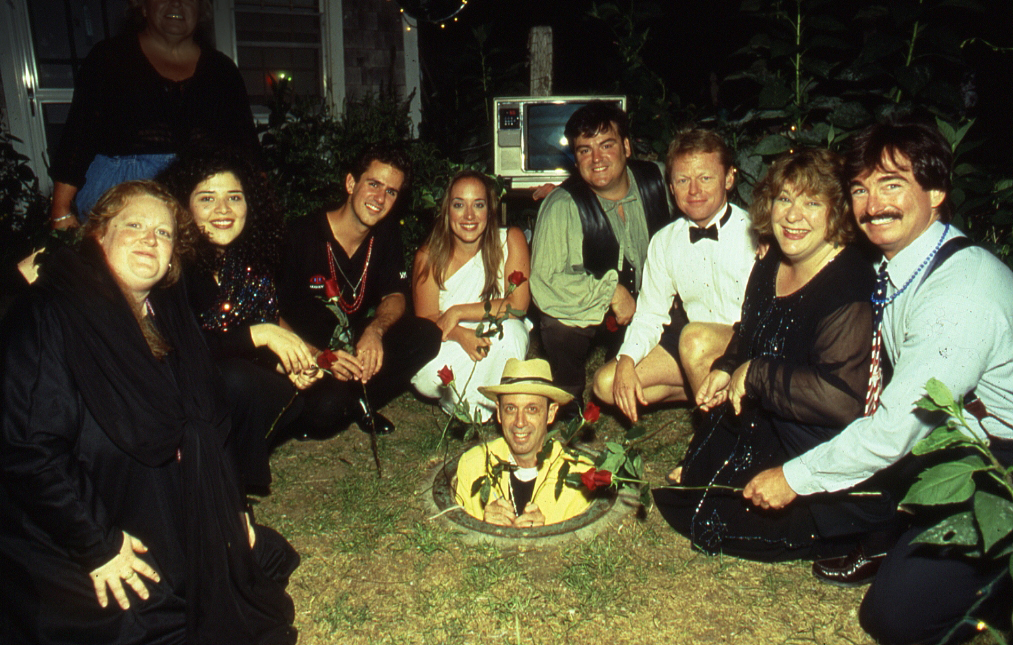
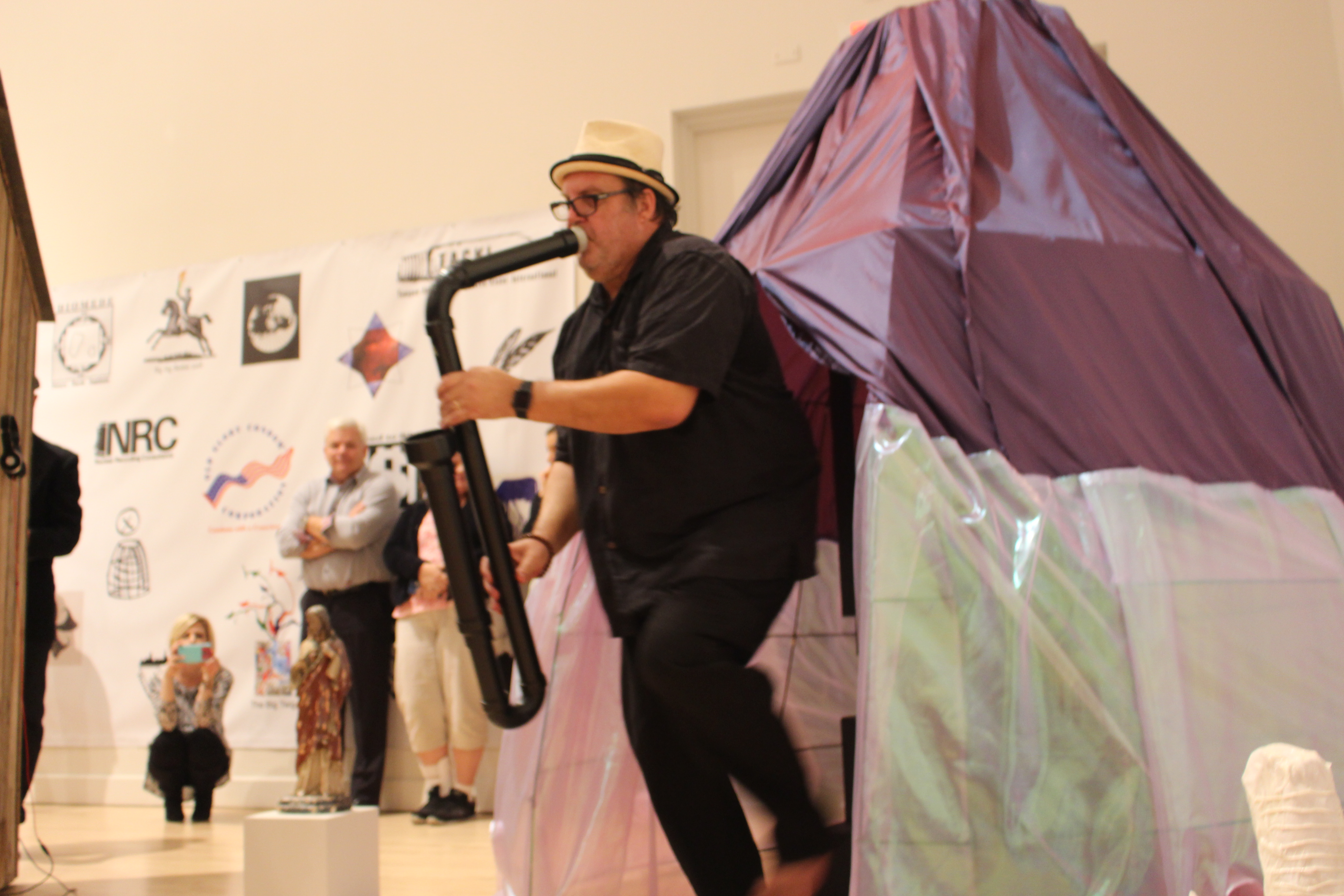
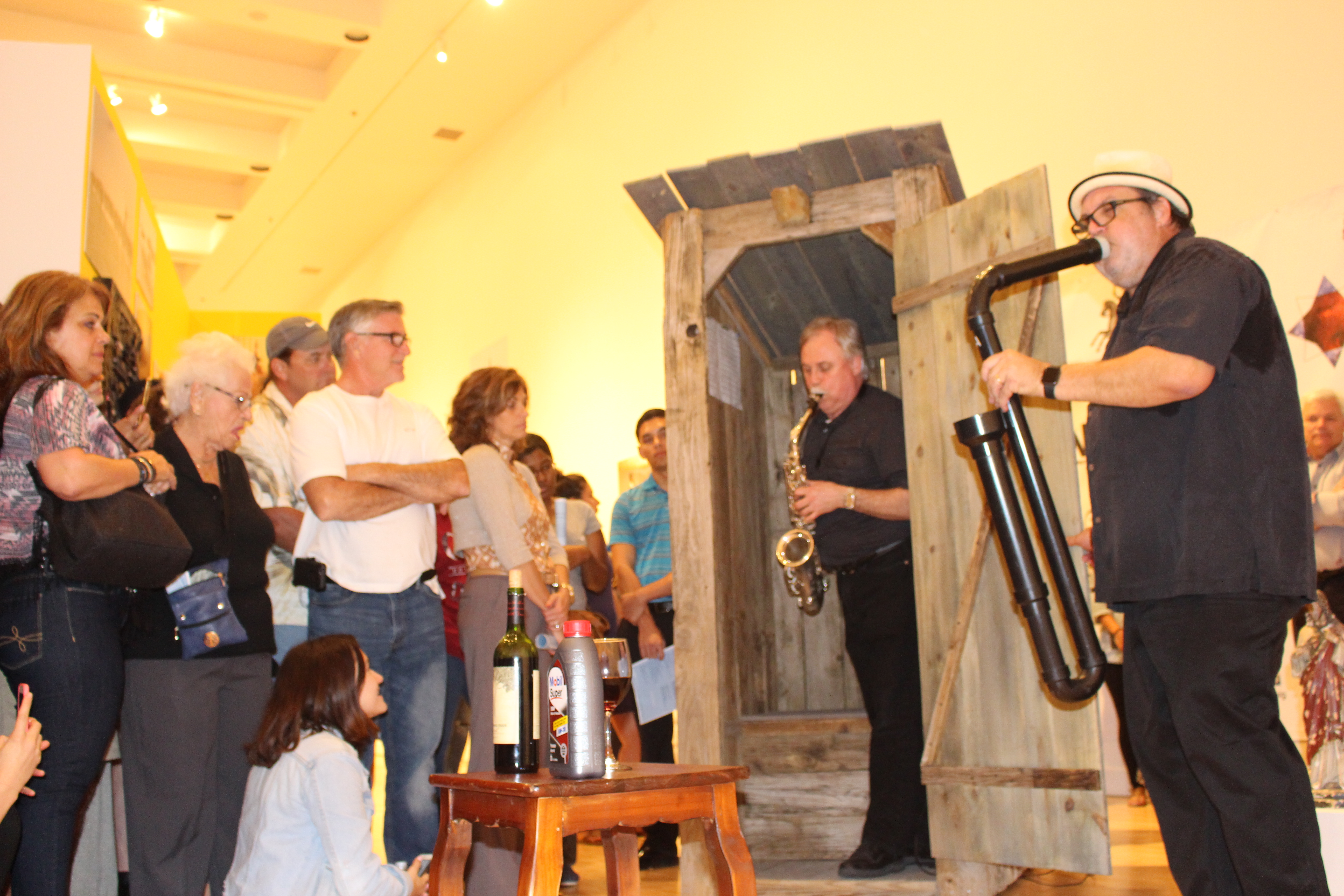

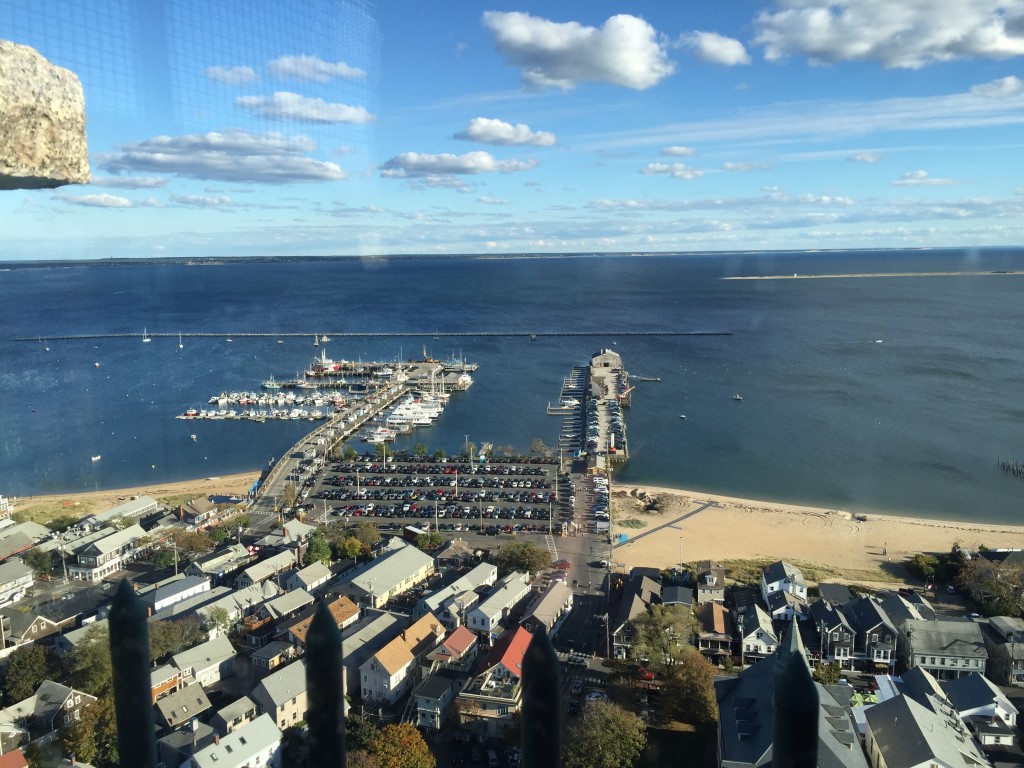
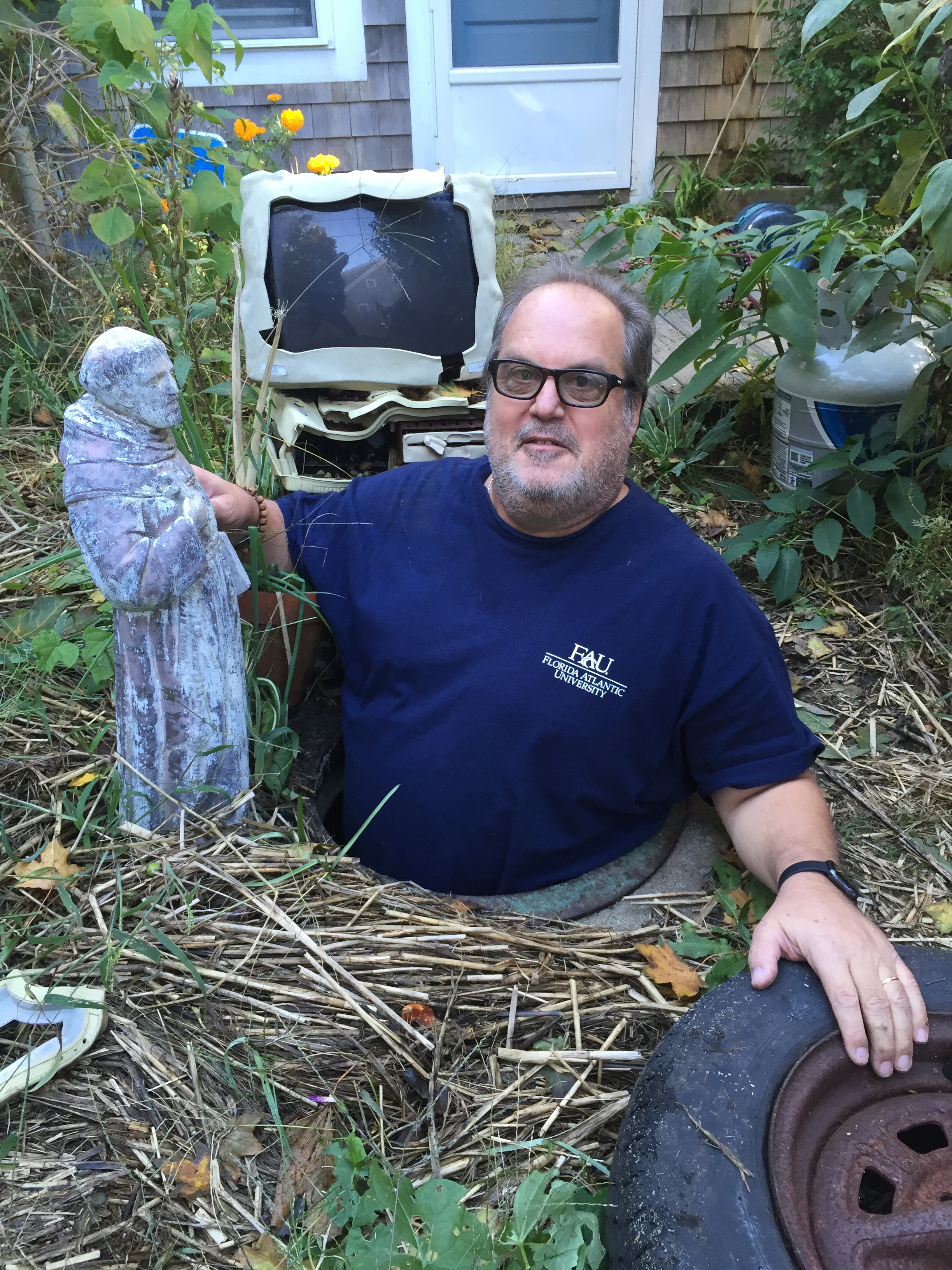

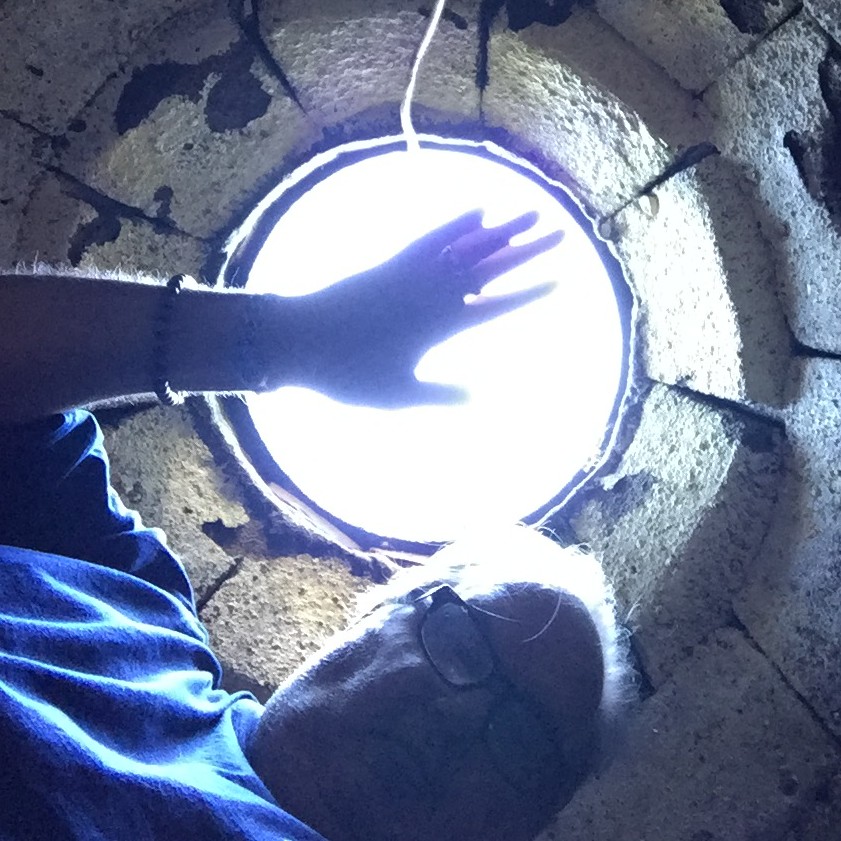
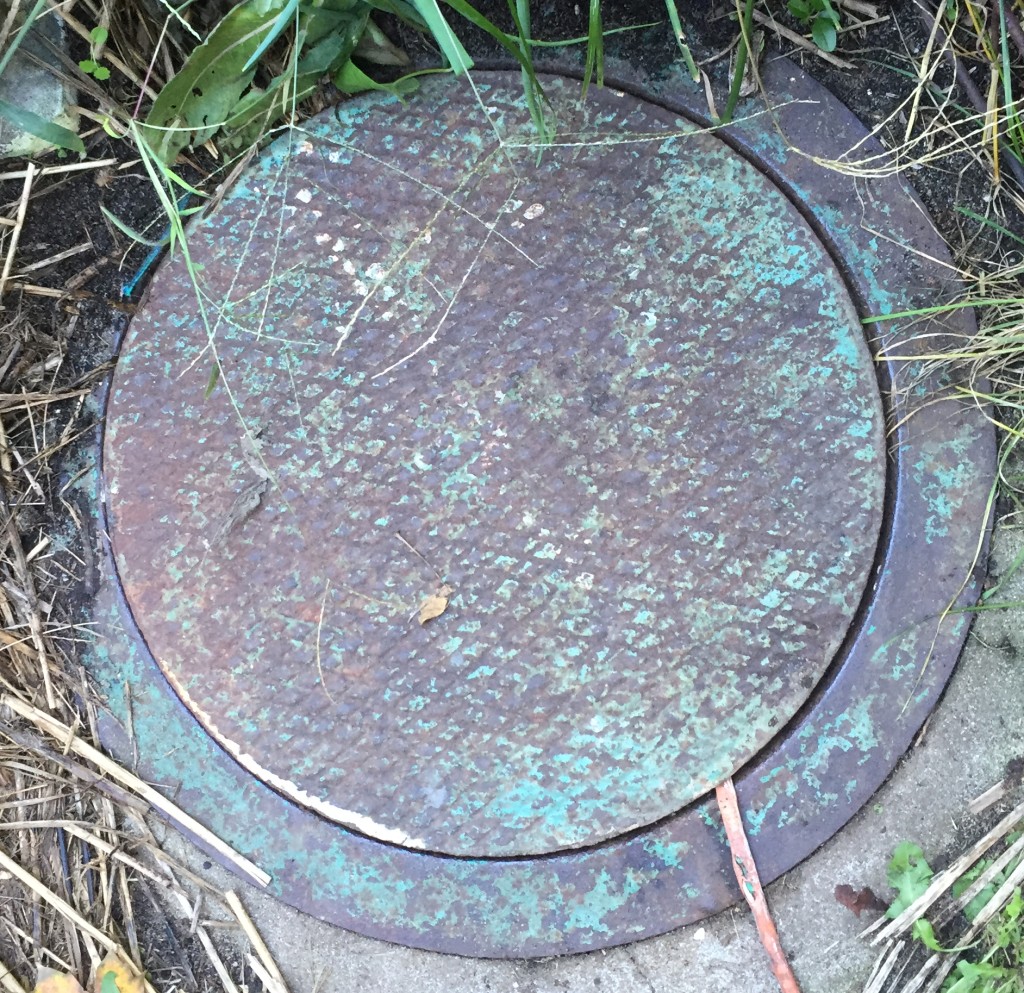
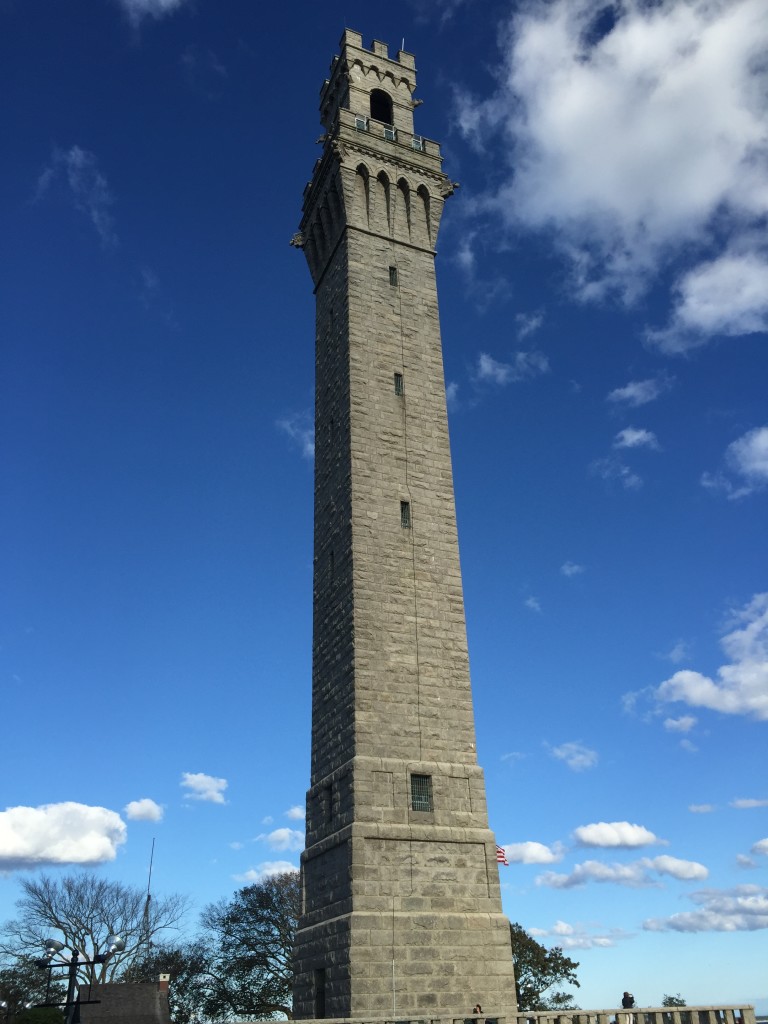
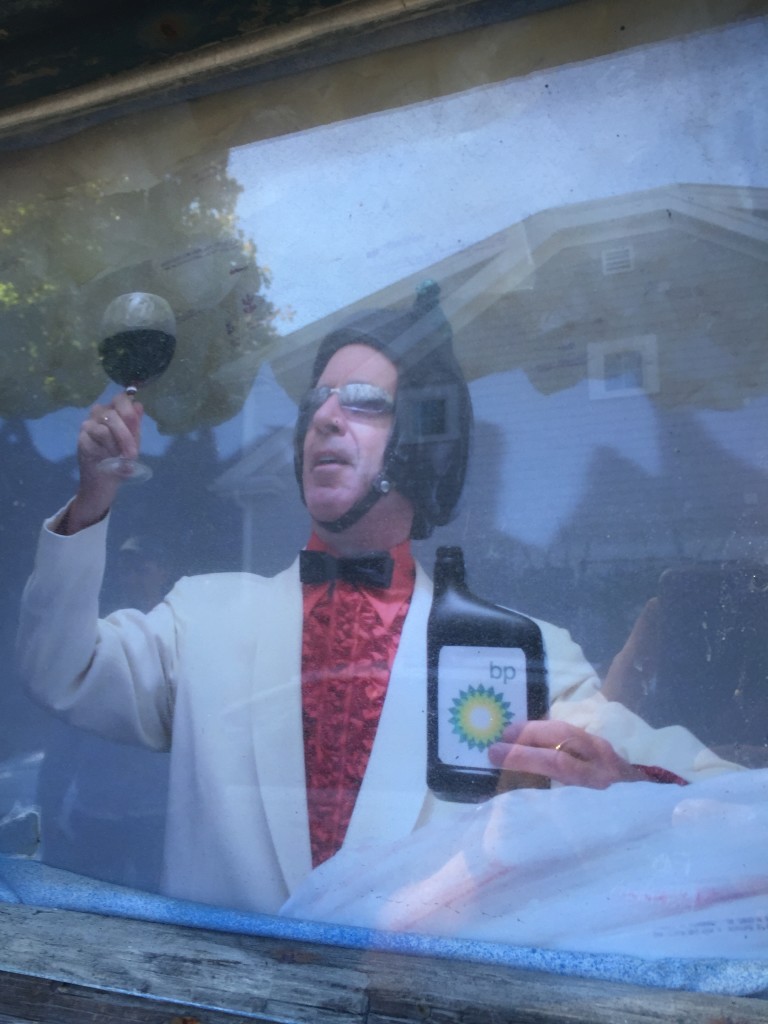
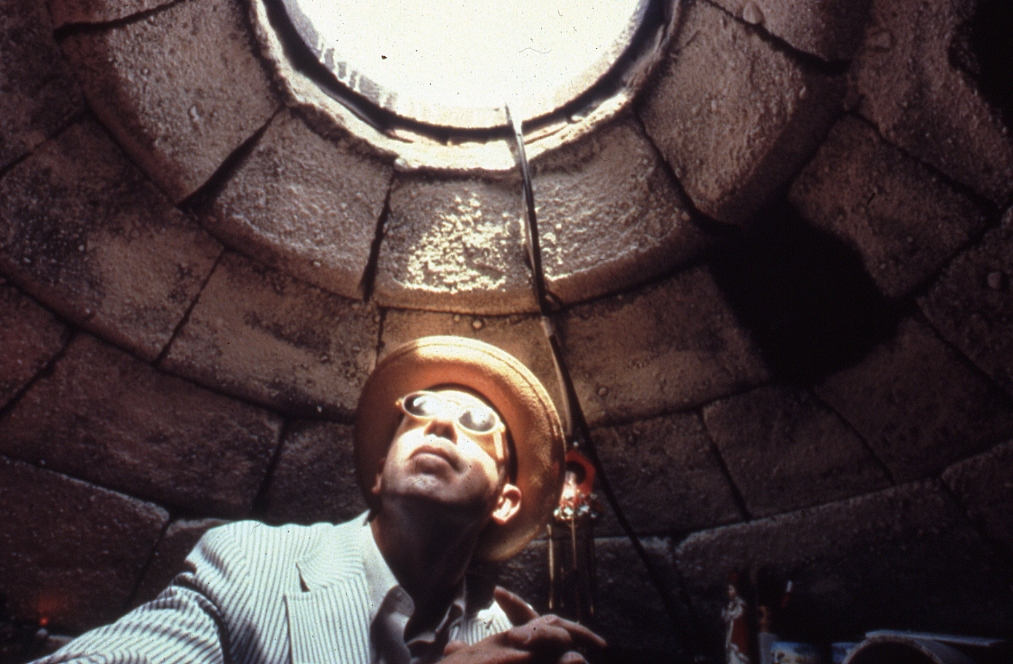


 The recording takes place in an empty 2 million gallon underground concrete water cistern, that used to provide water for a military base that guarded the entrance to Puget Sound
The recording takes place in an empty 2 million gallon underground concrete water cistern, that used to provide water for a military base that guarded the entrance to Puget Sound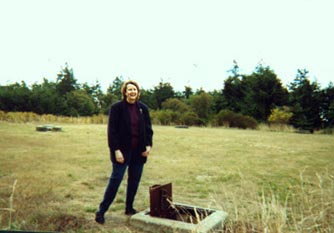

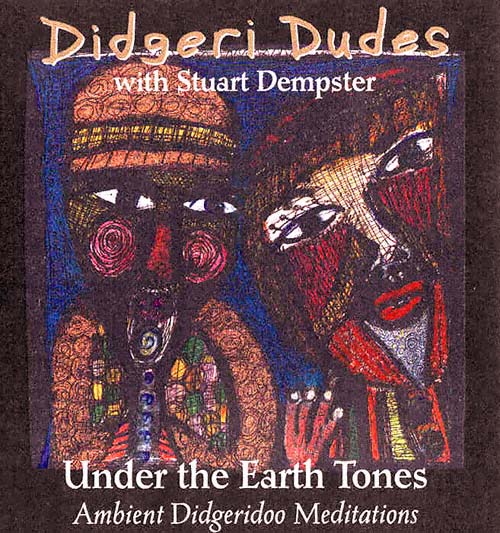

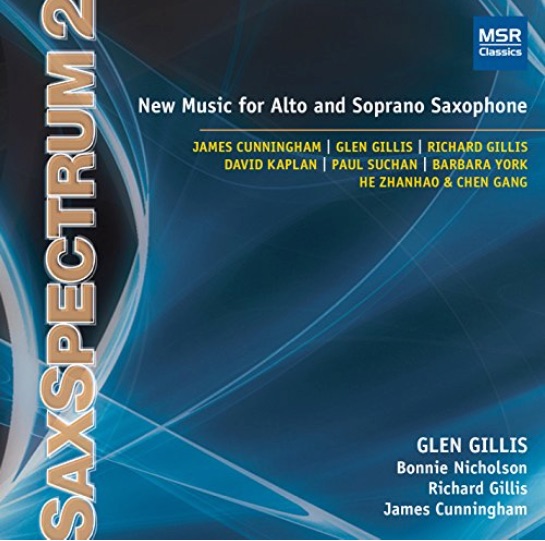





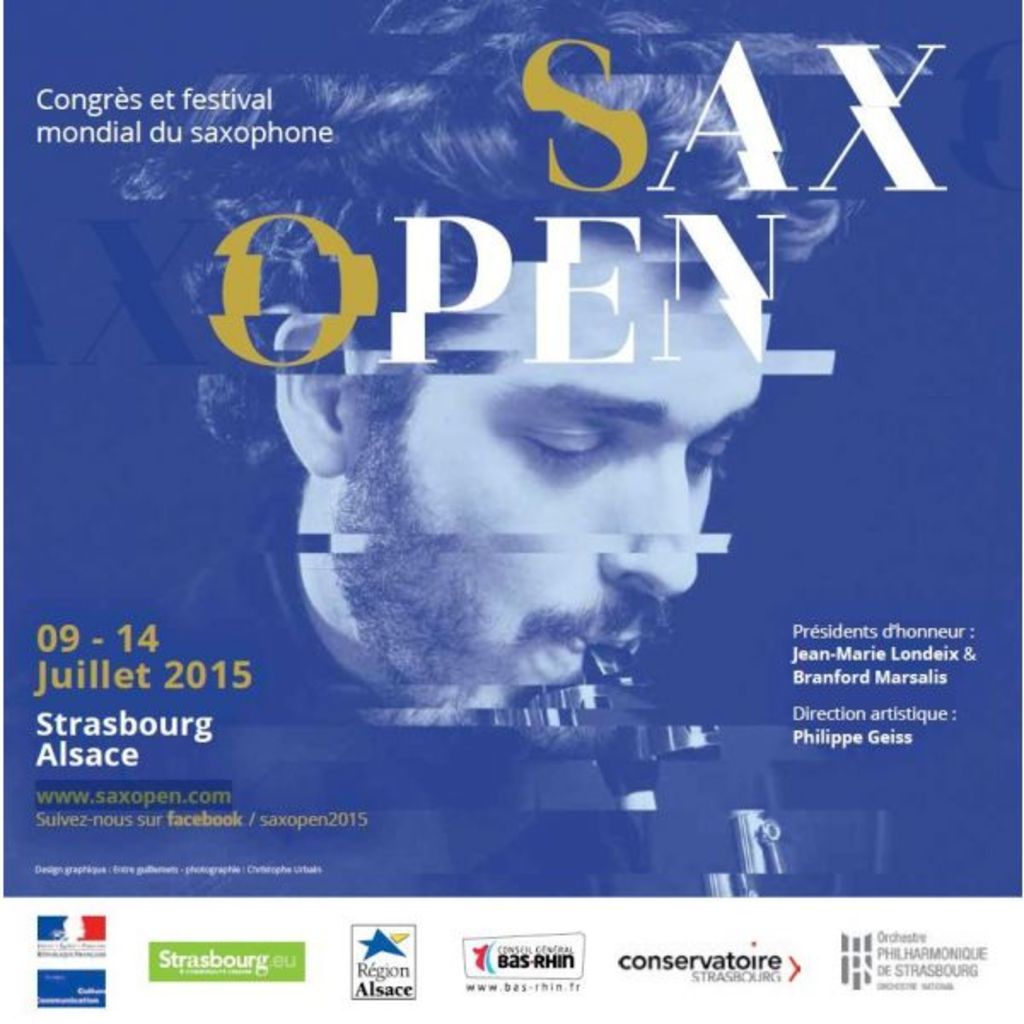

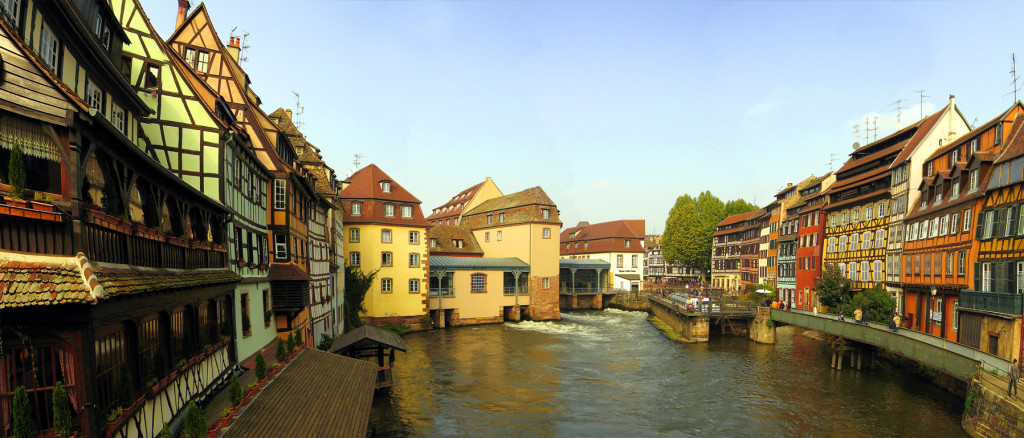

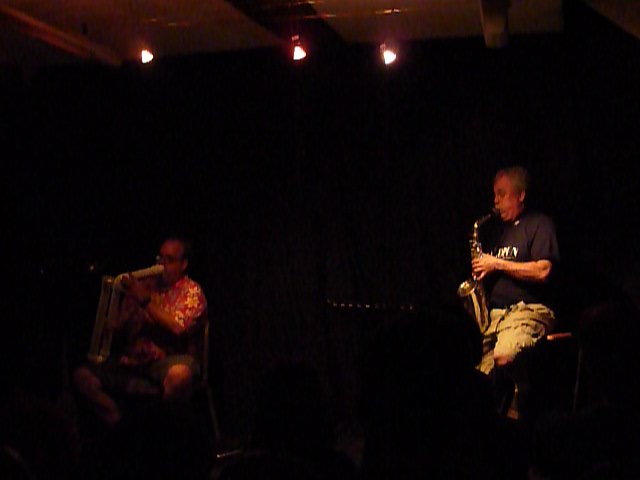

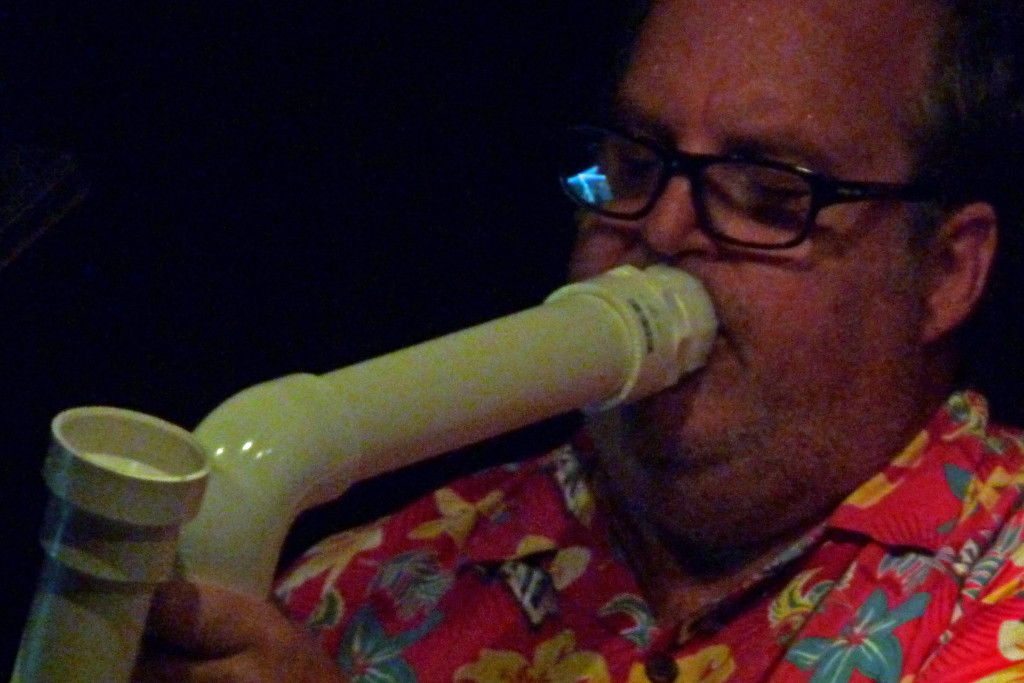
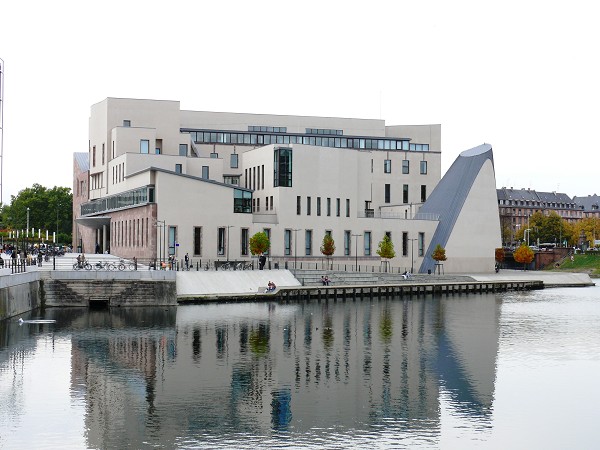
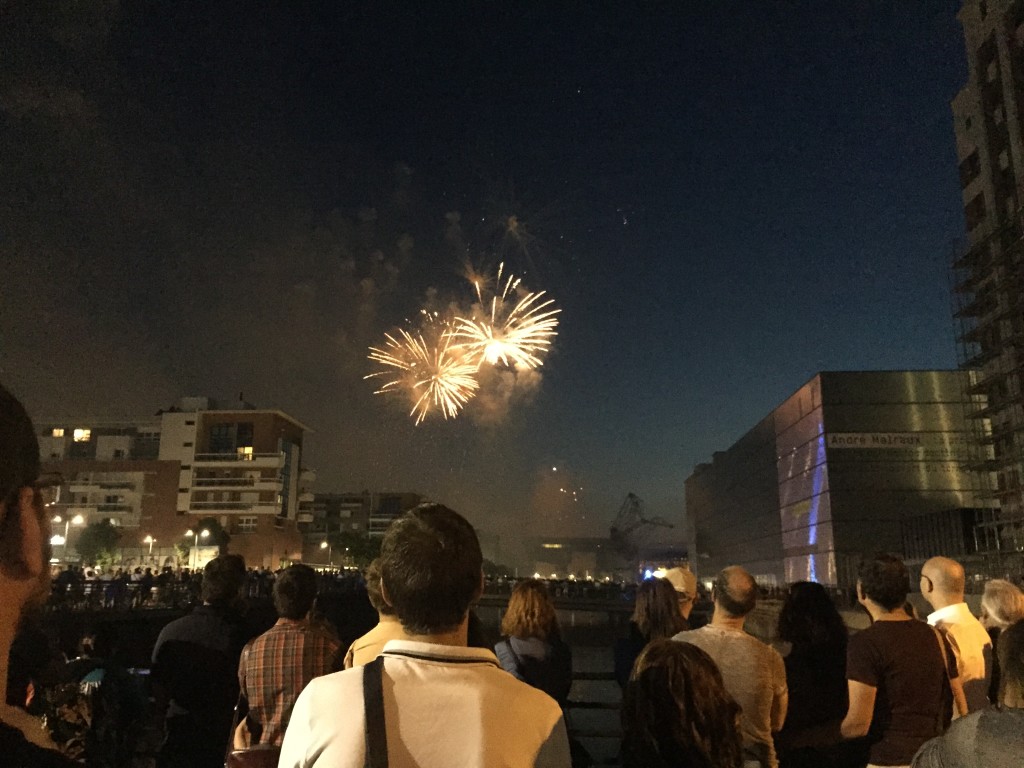
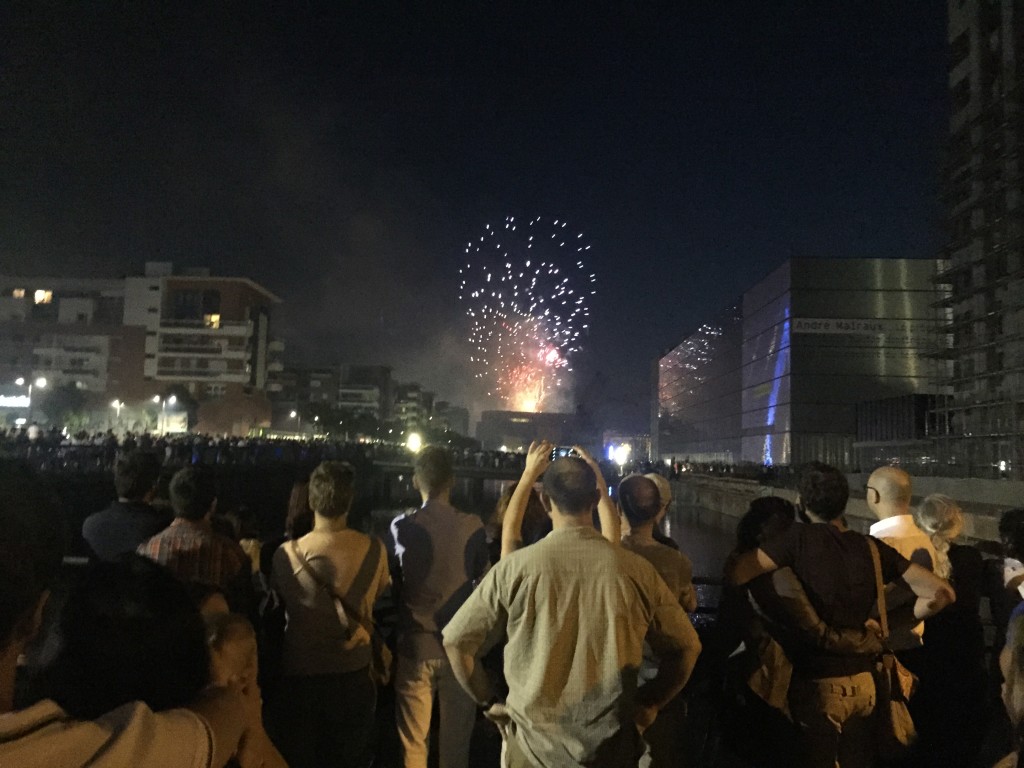
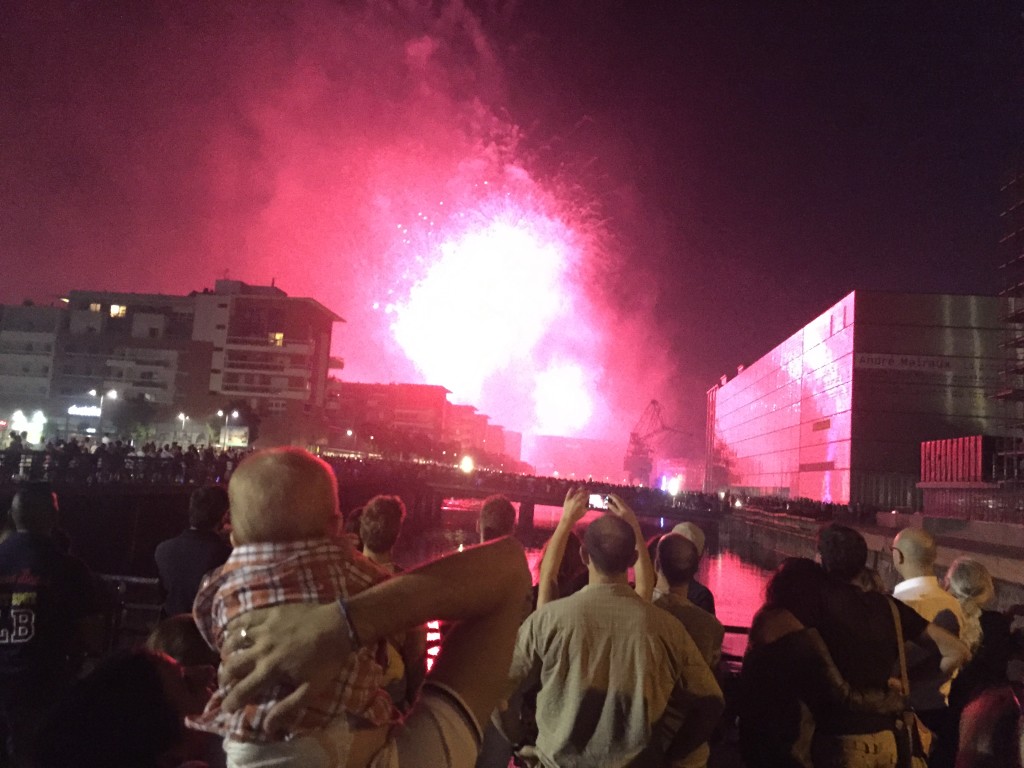 Viva la France!
Viva la France!